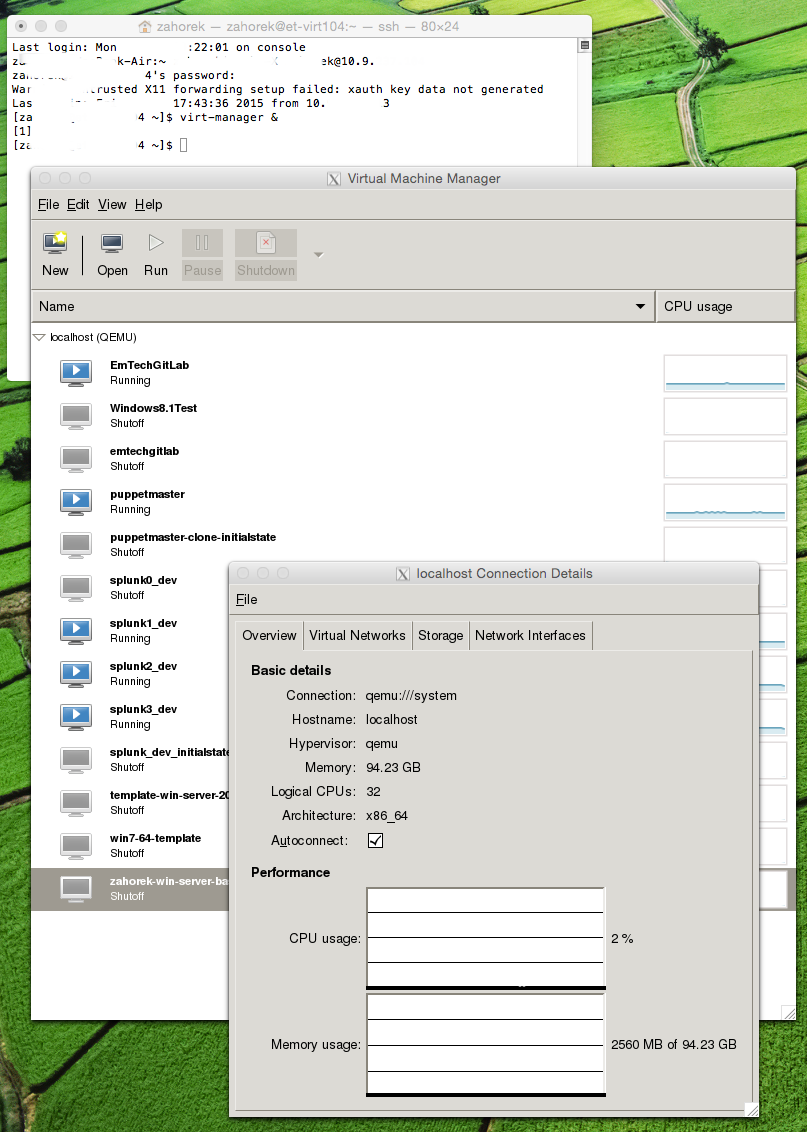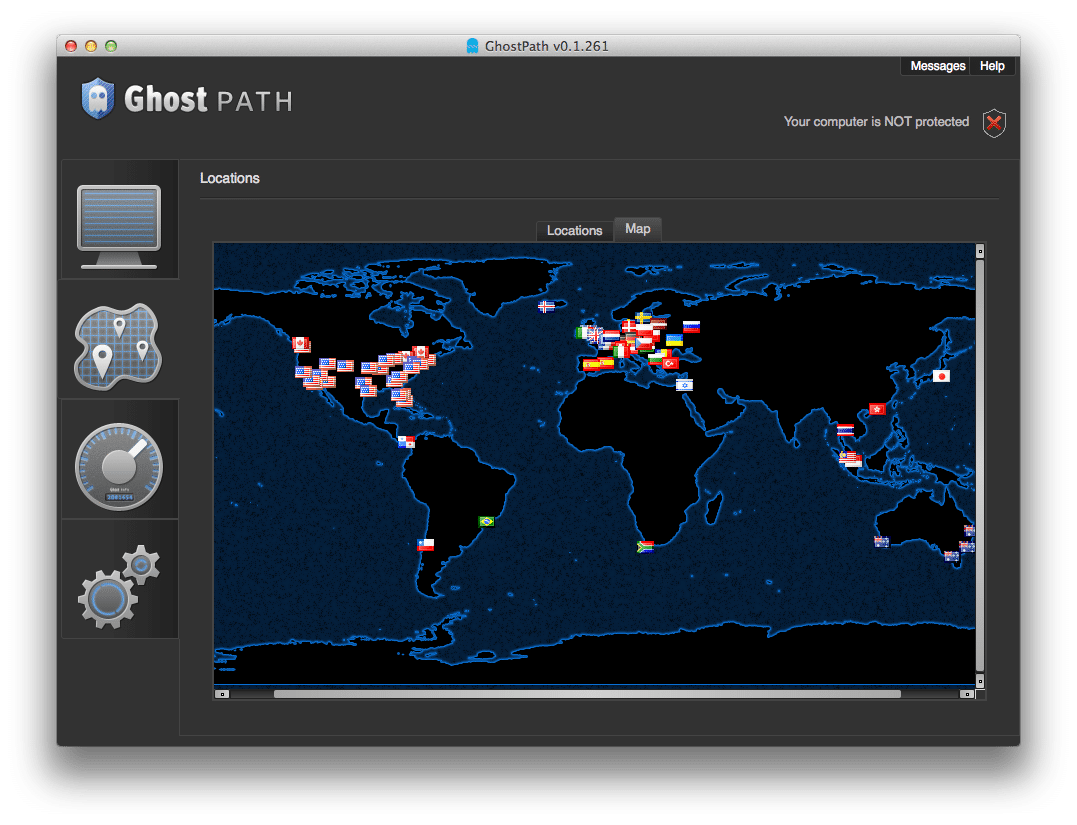
If WAIT_TIME = 0, then SECONDS_IN_WAIT is the number of seconds elapsed in the current wait.

If WAIT_TIME > 0, then SECOND_IN_WAIT is the number of seconds since the start of the last wait. If 0, then the session is currently waiting Sequence number that is incremented for each waitĭescription of the first additional parameterĭescription of the second additional parameterĭescription of the third additional parameter It can be one of the following values: VALID, NO HOLDER, GLOBAL, NOT IN WAIT, or UNKNOWN Length of time that session has been queued YES or NO to indicate whether failover has occurred In traditional logging, we log a simple string message. But you can also use ETW for logging yourself with dotnet-trace which is cross-platform. It can be one of the following: NONE, BASIC, or PRECONNECT. NET framework, the operating system, and even the kernel. Method of transparent application failure for the session. It can be one of the following: NONE, SESSION, or SELECT. What type of transparent application failover is enabled for the session. If STATUS is INACTIVE, LAST_CALL_ET is the elapsed time (in seconds) since the session became inactive. If STATUS is ACTIVE, LAST_CALL_ET is the elapsed time (in seconds) since the session became active. Identifier for block specified in ROW_WAIT_ROW# Identifier for datafile specified in ROW_WAIT_ROW# Object identifier for table specified by ROW_WAIT_ROW# Sequence number incremented each time there has been an intervening select from a dynamic performance table

Hash value of the currently executing actionĬlient information (as per DBMS_APPLICATION_INFO.SET_CLIENT_INFO) Name of the currently executing action (as per DBMS_APPLICATION_INFO.SET_ACTION) Hash value of the currently executing module Name of the currently executing module (as per DBMS_APPLICATION_INFO.SET_MODULE) SQL identifier for the last SQL statement executedĬhild number for the last SQL statement executed Identifies the last SQL statement executed (used with PREV_SQL_ADDR) Identifies the last SQL statement executed (used with PREV_HASH_VALUE) SQL identifier for the SQL statement currently being executedĬhild number for the SQL statement currently being executed Identifies the SQL statement currently being executed (used with SQL_ADDRESS) Identifies the SQL statement currently being executed (used with SQL_HASH_VALUE) It can be one of the following: DEDICATED, SHARED, PSEUDO, or NONE. It can be one of the following: ACTIVE, INACTIVE, KILLED, CACHED, or SNIPED. User identifier who owns the migratable session The V$SESSION view contains the following columns: ColumnĪddress of the process that owns the session This SELECT statement will return each username that is logged in. $ErrorLogFile = "$env:USERPROFILE\Desktop\Get-UsersAndLogOffComputers.The syntax to retrieve the users logged into Oracle is: SELECT USERNAME FROM V$SESSION Great, so now that have the parameters and the examples out of the way, let’s get to the actual script.
#Os xlog into user session windows
Script To Get Users Logged Into Windows Server Remotely The “Doesntexist” computer was not found and obviously not online so the error that was logged was “The RPC server is unavailable.” The default path for the error log file is going to be the users desktop. The username DJones doesn’t have rights to the server so the error that was logged shows Access is denied. In this example I specified the computer names PAC-FS01 and DoesntExist. PS C:\> Get-UsersAndLogOffComputers -ComputerName PAC-FS01, DoesntExist -Username DJones -LogErrors The same output will occur with the -Logoff Switch, however it will log the specified user off as long as it has admin rights to that machine.Įxample 5: Log the errors (if any) to give you a better idea of what the issue is. PS C:\> Get-UsersAndLogOffComputers -ComputerName PAC-FS01 -Username DJones -Logoff PAC-SCCM01 didn’t find a match so nothing was outputted.Įxample 4: Specify the username DJones and log it off the computer named PAC-FS01. The username DJones was specified and it was found logged into PAC-FS01. PS C:\> Get-UsersAndLogOffComputers -ComputerName PAC-FS01, PAC-SCCM01 -Username DJones The Idle session means someone RDP’d in and disconnected instead of logging off.Įxample 3: Specify multiple computernames and a username. As you can see PAC-FS01 has an active session and PAC-SCCM01 has an Idle session.

PAC-FS01 and PAC-SCCM01 were both specified and results were outputted. PS C:\> Get-UsersAndLogOffComputers -ComputerName PAC-FS01, PAC-SCCM01 Example 1: The default option is to check the current user and current computer.Įxample 2: Specify a computername or multiple computernames seperated by a comma.


 0 kommentar(er)
0 kommentar(er)
